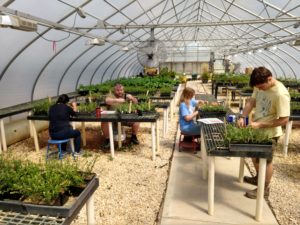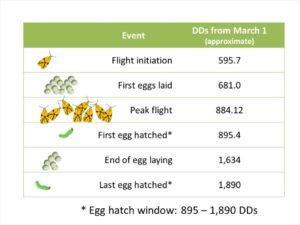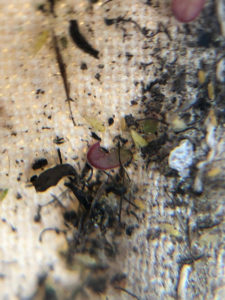Topic: 2020 Cranberry Growers Twilight Meeting
Host: Cesar Rodriguez-Saona <CRodriguez@RCE.Rutgers.edu>
Webex Host: Patricia D. Hastings
Date: Tuesday, June 23, 2020
Time: 5:45 pm, Eastern Daylight Time (New York, GMT-04:00)
Session number: Not Available
Registration password: Please obtain your session password from your host.
Agenda
5:45-6:00 PM Verification ID for registrants getting pesticide credits
6:00-6:20 PM “2020 Weed Management Updates for New Jersey Cranberries”
Dr. Thierry Besancon, Assistant Extension Specialist, Weed Science
6:20-6:35 PM “Cranberry Hybrids: their Nutrition and Crop Potential”
Dr. Nicholi Vorsa, Professor and Director, Rutgers P.E, Marucci Center
Dr. Jennifer Johnson-Cicalese, Research Associate
6:35-6:55 PM “Scouting and Managing Summer Diseases in Cranberry”
Dr. Peter Oudemans, Professor Blueberry/Cranberry Pathology
6:55-7:10 PM “Non-fungal Diseases of Cranberry”
Dr. James Polashock, Research Plant Pathologist, USDA-ARS
7:10-7:30 PM “2020 Cranberry Insect Pest Management – An Update”
Dr. Cesar Rodriguez-Saona, Extension Specialist, Entomology
7:30-8:00 PM “2020 Revisions to the New Jersey Pesticide Regulations”
Patricia Hastings, Pesticide Safety Education Program Coordinator, Rutgers NJAES
——————————————————-
To register for this session
——————————————————-
Go to https://rutgers.webex.com/rutgers/k2/j.php?MTID=t30838a4d3eac637397cb4b8b935d6418 and register.
Once the host approves your registration, you will receive a confirmation email with instructions for joining the session.
Note: If you have already registered for this session, you do not need to register again.
——————————————————-
For assistance
——————————————————-
You can contact Patricia D. Hastings at:
hastings@njaes.rutgers.edu
1-848-932-0176
https://www.webex.com



